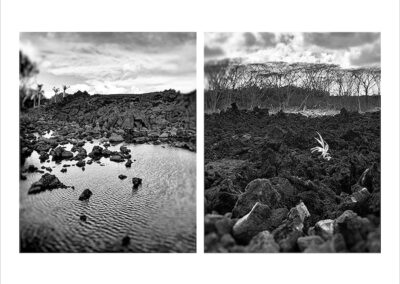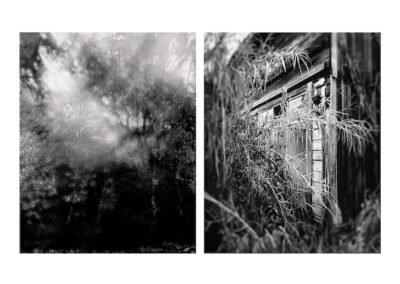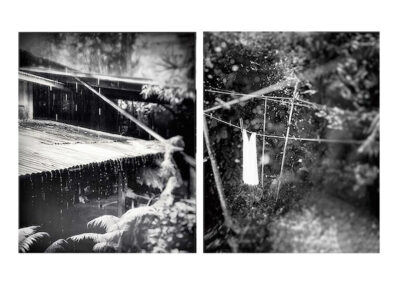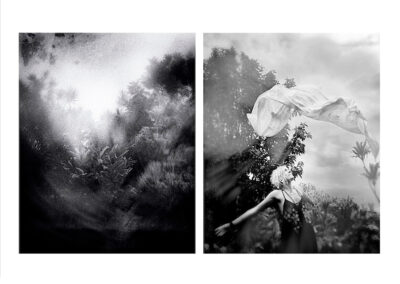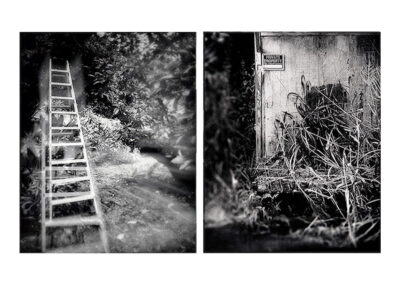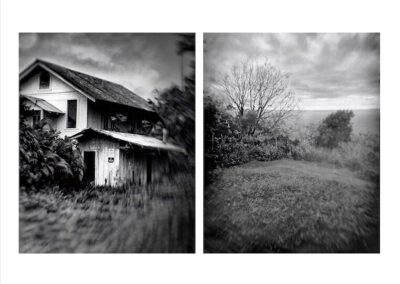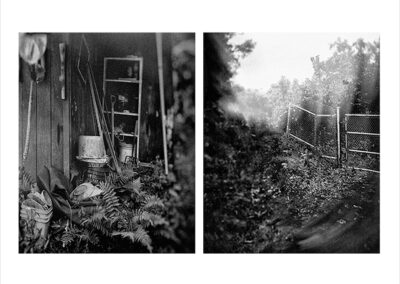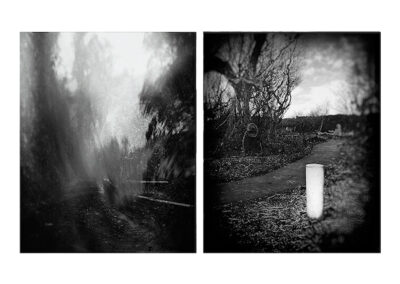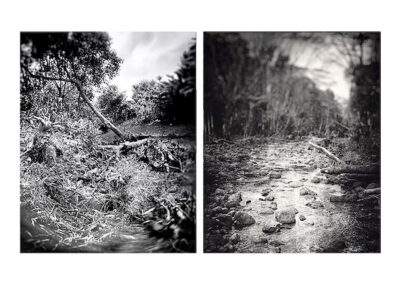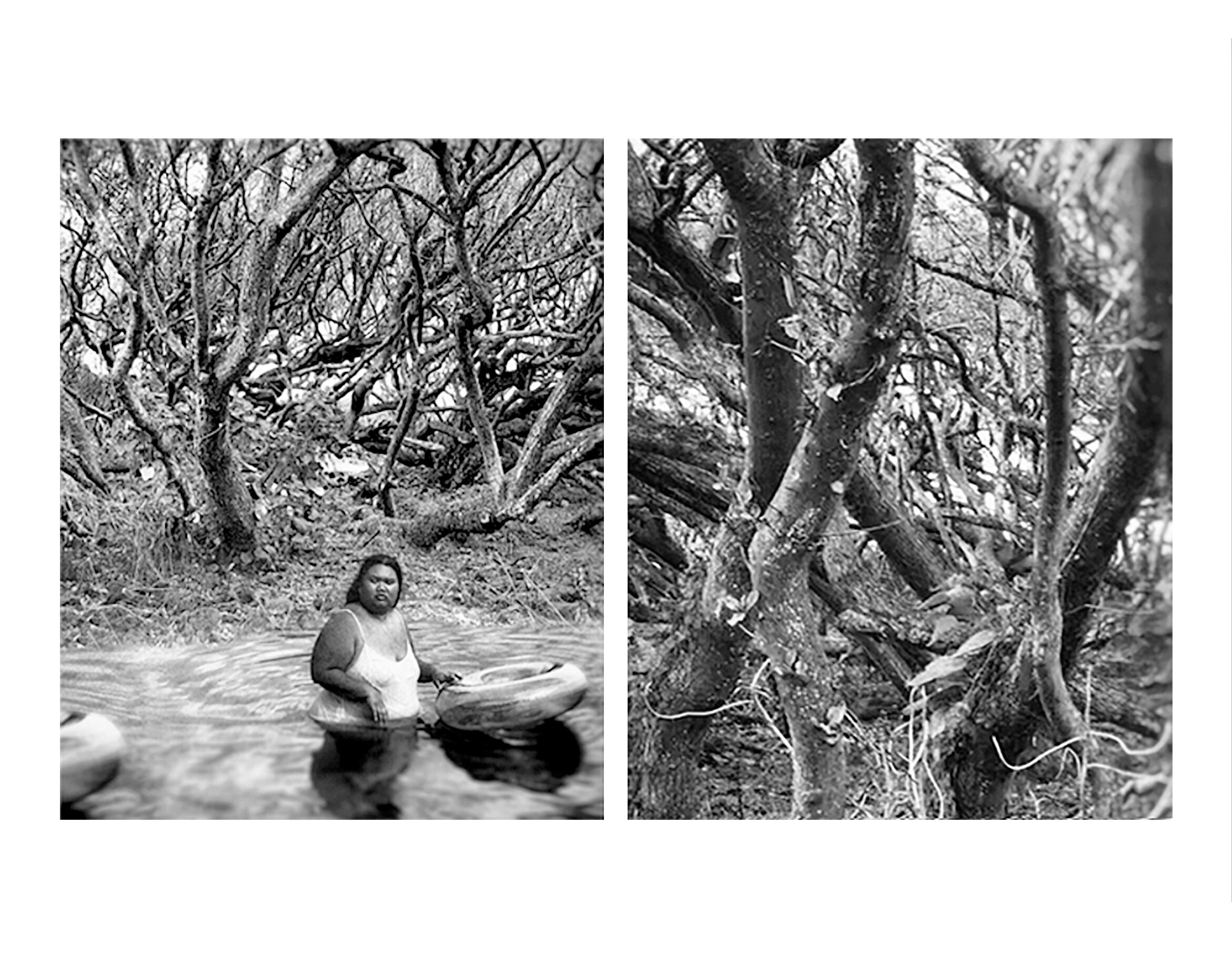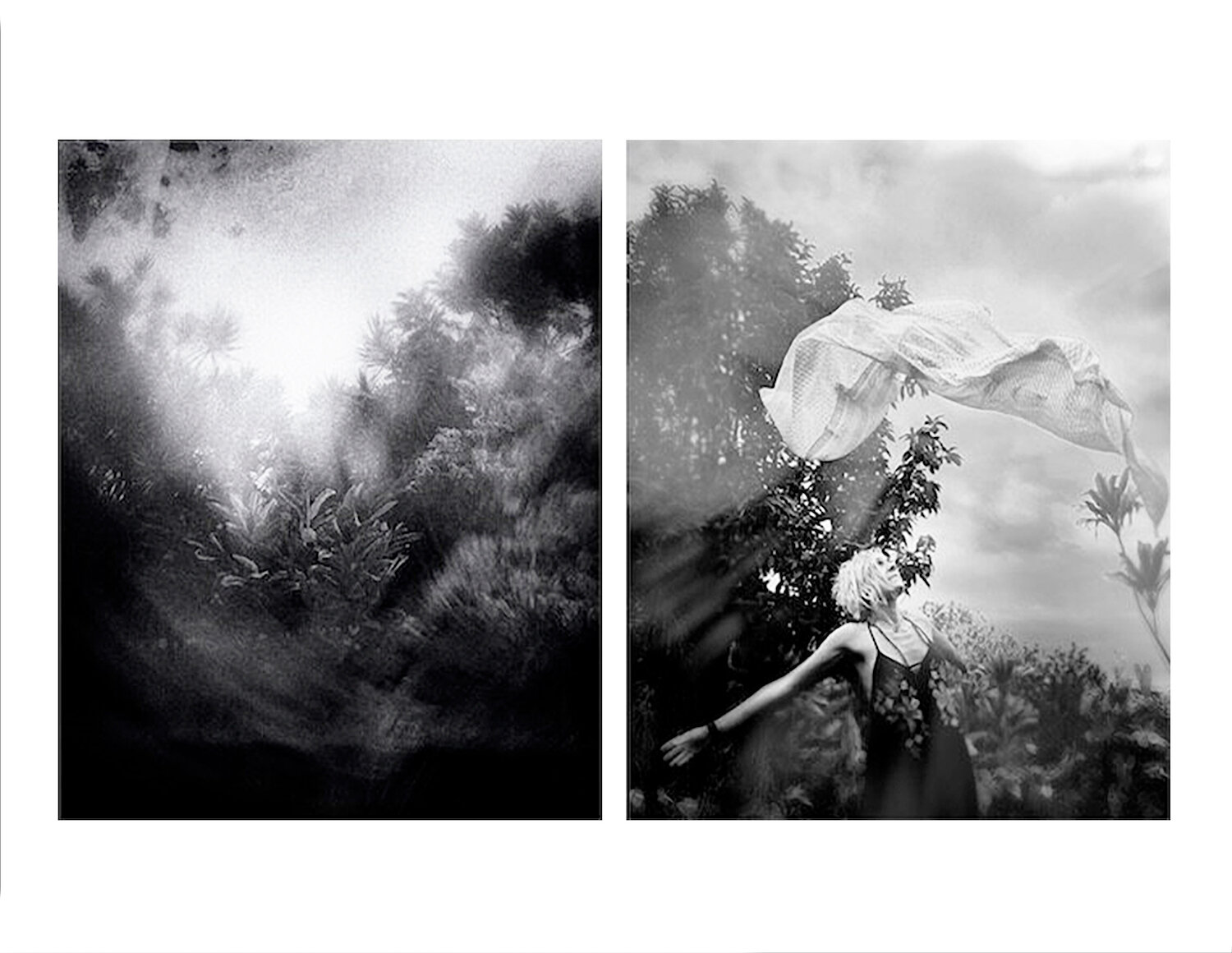
No Ka Home O Ka Hale Kahiko is a eulogy for vanishing Hawai’i.
Most places in Hawai’i, and on O’ahu in particular, have a cost of living equal to or greater than US mainland cities such as LA, SF, or NYC. Yet income levels here remain stagnant; mainly tied to lower-paying service jobs in the tourism industry. Families resort to living multi-generationally in small, older homes and apartments while members work multiple jobs in order to cover the costs of living here. Youth leave for the mainland to find better paying jobs. And, with the additional strain of the COVID pandemic many of the jobs in hospitality have evaporated – for an unknown length of time – making the economic situation here even more difficult.
Cranes are seemingly everywhere now in Honolulu; Oahu has been transformed. Instead of growing pineapple and cane sugar, we grow million-dollar sky-rise condos that are aimed at part-time-resident investors from other lands. New construction of family homes are miles out of town, have postage-stamp sized yards, and cost an average of $700K. They also are located in places that necessitate time-consuming commutes into Honolulu on backed-up, overcrowded highways. Free space is negligible. This could be Los Angeles, not Hawaii. The slowness in the lifestyle and the aloha of the people is being lost to the necessity of finding ways to survive here economically. What used to be thought of as the ‘paradise tax’ has become the ‘paradise paradox’ – you can live here, but you won’t be able to afford to enjoy it.
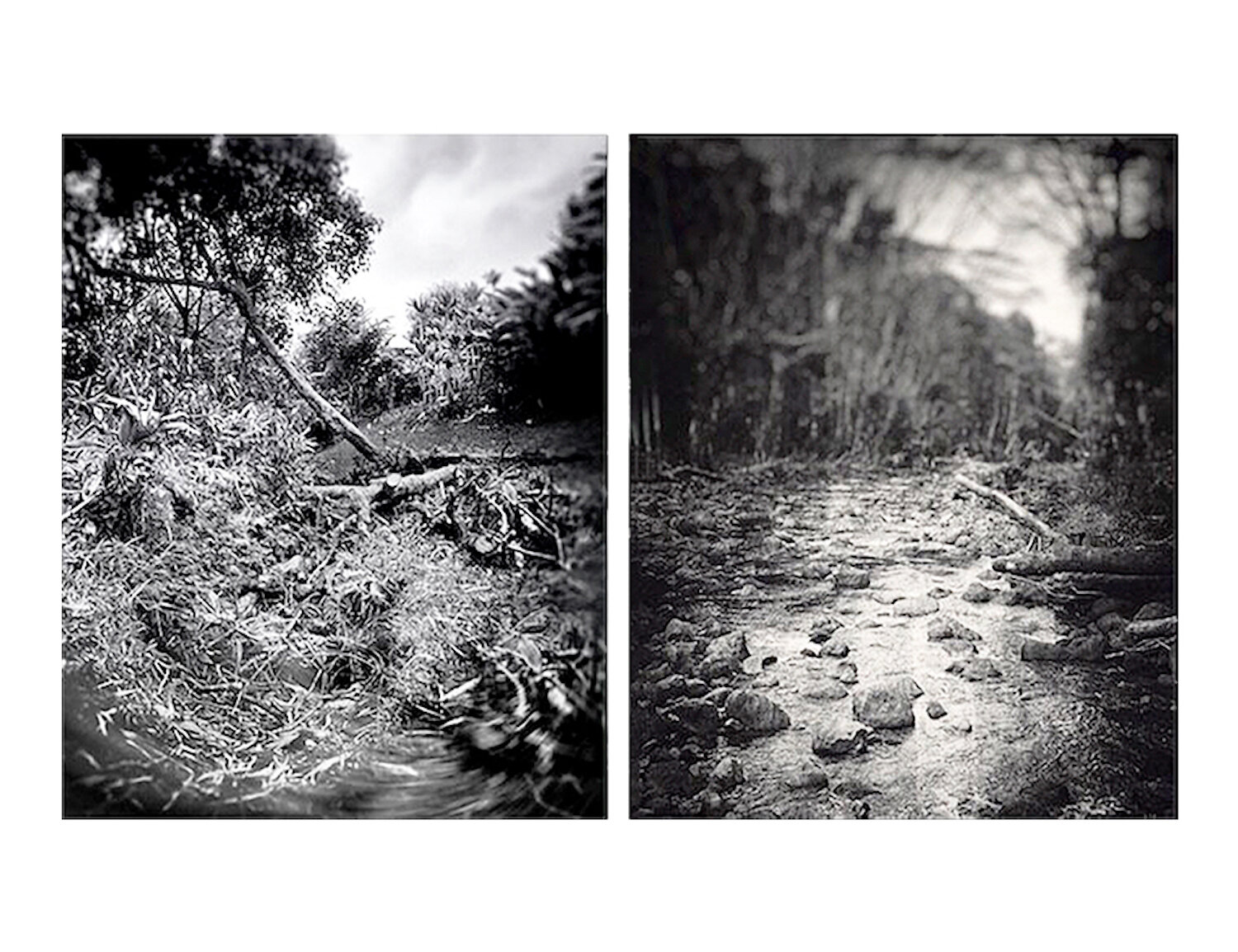
However, there still are some places in Hawaii that retain a sense of Hawaiian place, for example, along the Hamakua and Hilo coasts on the east side of Hawai’i Island. Long after the plantations that dotted the land, there is now a sense of what Hawaii once was, albeit, somewhat sobered by the lack of jobs and industry. Land is cheaper, lots are larger. Much of the area is unchanged from what it has been for over 5 decades, displaying more of the romanticized throwback that many tourists picture when they think of Hawai’i. There is open space with wild growth. It is a place left behind by time.
And that is what I portray with this imagery: a sense of place, and a sense of loss.
A selection of the images from the series are shown below (click to view image at full size / original format).
ABOUT DIANA NICHOLETTE JEON
Diana Nicholette Jeon is an award-winning contemporary artist who lives and works in Honolulu, HI. She holds an MFA from University of Maryland Baltimore County. Her work has been shown extensively in solo and group exhibitions both nationally and internationally. Jeon’s art has been selected for Juror’s Pick in the 2020 Lens Culture Black and White Awards, four Hawaii State Purchase Awards, and as overall winner of the 11th Julia Margaret Cameron Award, among others. She and her work have featured in Lenscratch, BETA Developments in Photography, Gente di Fotografia, SHOTS Magazine, Pf Magazine, the Art Photo Index, and Lens Culture. Her work is held in public and private collections internationally.
Website: diananicholettejeon.com
Instagram: @diananicholettejeon
CREDITS
Unless otherwise stated, all words and images in this article are © Diana Nicholette Jeon

